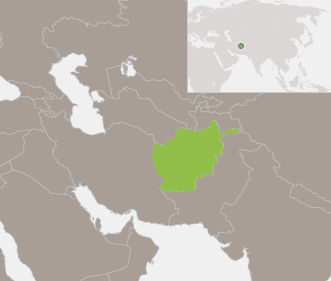A new publication by the United States Institute of Peace focuses on the Afghan Local Police (ALP) program. The ALP is a quasi-state group of militias supported by the government and NATO that has been commissioned at the local level to fight insurgency and provide security. While this local defense force has been established in the name of cost-effectiveness and Afghan ownership, the implications that it poses for the post-2014 security situation have been ill-thought out. This publication attempts to do so, mapping the impact that the ALP has had on the security and political landscape. Some of its important findings are that:
- ALP militias are less a threat to national-level stability and more a danger that after 2014 an oversized and unevenly trained national armed force will fragment into numerous competing militias.
- Outsourcing community protection and defense to the ALP—rather than extending state power and legitimacy—may have had the opposite effect.
- The ALP will not go away, has already left a long-term legacy that Afghans will have to deal with, and is symptomatic of a wider deficiency of the post-2001 intervention.
- The long-term future of the ALP program remains uncertain. If it continues, however, it should not be expanded. Stronger state oversight and support are needed, and plans should be developed to facilitate the absorption of the ALP into the Afghan National Police (ANP).
A reliance on irregular military forces to fill security gaps during post-conflict transitions has become a common feature of statebuilding interventions; especially as it becomes apparent that, often, top-down solutions are not sufficient for restoring stability at the community-level. Therefore, it is important to understand their role and identify ways to ensure these units serve to reinforce the rule of law, provide stability and act with transparency and accountability. This is especially so if these “hybrid” units are to become a more permanent feature of post-conflict transitions, which may be the case in instances where they are deeply embedded into the security regime.
The full publication can be accessed here
Tags: Afghan Local Police, Afghanistan, militias





 Visit the Centre for
Visit the Centre for